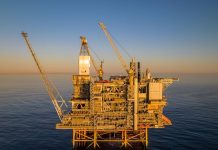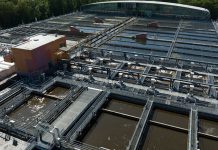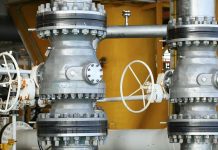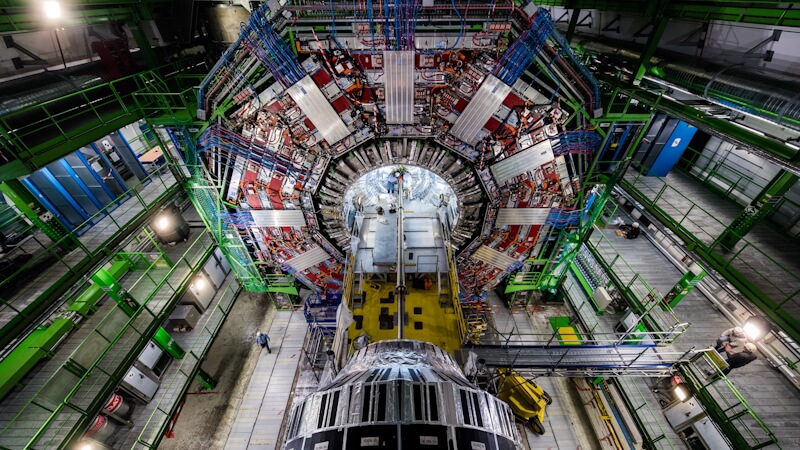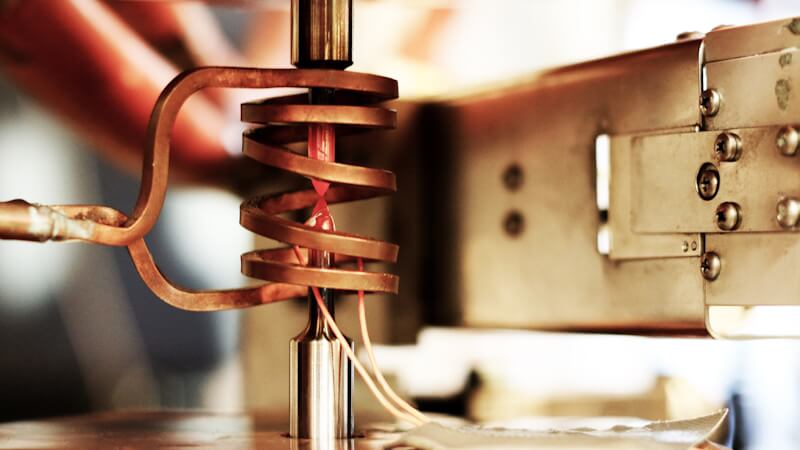In an application where every gram of weight is critical, why on earth are we launching stainless steel rockets into space?
By Joanne McIntyre, Stainless Steel World
The space industry has gone through many ups and downs (literally!) since the heady days of the space race in the 1960s. By the time the 30-year-long Space Shuttle program was mothballed in 2011, public interest was waning, enthusiasm for enormously costly and risky space missions was at an all-time low, and one thing we all knew was that spaceships had to be as light as possible to get off the ground and into orbit.
Fast forward to 2022, when American engineer Elon Musk founded SpaceX. His ambition was to reduce space transportation costs sufficiently to make the colonisation of Mars possible. His plans quickly caught the imagination of a new generation of space enthusiasts who embraced the idea of renewable rockets, lower-cost space travel and wider accessibility to space.
Affordable space travel
Musks’ successes are undeniable; SpaceX is the first private company to develop a liquid-propellant rocket that has reached orbit; to launch, orbit, and recover a spacecraft; to send a spacecraft to the International Space Station; and to send astronauts to the International Space Station. It is also the first organisation of any type to achieve a vertical propulsive landing of an orbital rocket booster and the first to re-use such a booster.
The company’s Falcon 9 rockets have landed and reflown more than 200 times.1 SpaceX is now developing Starship (pictured left), a human-rated, fully-reusable, super heavy-lift launch system for interplanetary and orbital spaceflight. On its first flight in April 2023, it became the largest and most powerful rocket ever flown. The second flight took place in November 2023.
In a first for a space programme, SpaceX is relying on the unique qualities of steel for its plans to make Mars colonisation a reality: stainless steel, to be precise.
USA returns to the moon
 In January 2024 the US planned to land a craft on the moon, over fifty years after the last Apollo mission. A United Launch Alliance Vulcan VC2S ‘Centaur’ rocket will launch the first certification mission from Space Launch Complex-41 at Cape Canaveral Space Force Station, Florida. The Cert-1 test flight mission includes two payloads to deliver science and technology to the lunar surface. The second payload is Celestis’ Memorial Spaceflights deep space Voyager mission, the Enterprise Flight. The VC2S upper stage is 5.4 m in diameter and 11.7 m long with a 120,000-lb propellant capacity. Centaur is a liquid hydrogen/liquid oxygen-fuelled vehicle with propellant tanks constructed of pressure-stabilized, corrosion-resistant stainless steel.
In January 2024 the US planned to land a craft on the moon, over fifty years after the last Apollo mission. A United Launch Alliance Vulcan VC2S ‘Centaur’ rocket will launch the first certification mission from Space Launch Complex-41 at Cape Canaveral Space Force Station, Florida. The Cert-1 test flight mission includes two payloads to deliver science and technology to the lunar surface. The second payload is Celestis’ Memorial Spaceflights deep space Voyager mission, the Enterprise Flight. The VC2S upper stage is 5.4 m in diameter and 11.7 m long with a 120,000-lb propellant capacity. Centaur is a liquid hydrogen/liquid oxygen-fuelled vehicle with propellant tanks constructed of pressure-stabilized, corrosion-resistant stainless steel.
Starship – a stainless giant
The material chosen for the body of the Starship rocket and its Super Heavy Booster makes it truly unique. Originally intended to be constructed from state-of-the-art carbon fibre, Musk soon decided to change this to 300-series stainless steel. As Starship is designed for interplanetary travel, material selection is a significant factor in the success of SpaceX’s attempts to reach Mars.
In an interview with Popular Mechanics, Musk explained that stainless steel’s high melting point is a major advantage when it comes to space travel. Aluminium or carbon fibre are limited to a steady-state operating temperature of 150°C, with short periods operating at around 180-200°C, which lead to a weakening of the material. Some carbon fibres can operate continuously at 200°C, but these come with compromises in strength.
By comparison, stainless steel, with appropriate heat dissipation controls, can perform at temperatures as high as 820-870°C. As such, an innovative steel-built system will be used for the Starship’s heat shield, which protects the vessel from the high temperatures experienced during entry into a planet with an atmosphere such as Mars or Earth.
The heat shield features two stainless-steel layers joined with stringers, with water flowing between them. The exterior has micro-perforations which allow water to ‘bleed’ out, keeping temperatures low through transpiration cooling.
Economic advantage in using stainless steel rockets
The cornerstone of SpaceX’s mission to Mars is to lower costs sufficiently to make this dream a reality, and this is where stainless steel plays a crucial role. The cost advantage of stainless steel vastly outperforms that of other materials. In the interview, Elon Musk explained that cost was a primary motivation for his switch from carbon fibre to stainless steel. Carbon fibre costs USD 135 per kilogram, and more than a third of the material is scrapped during the production process, meaning the real-terms cost is around USD 200 per kilogram, explained Musk. The equivalent amount of stainless steel would cost just USD 3.
Stainless steel, the ideal material for space
COST: Carbon fibre USD 200/kg vs stainless steel USD 3/kg.
HEAT: Able to withstand the high re-entry temperatures.
COLD: At -270°C the strength of some stainless steels can increase up to 50%.
WEIGHT: High ductility & toughness = less material and weight. STRENGTH: Cr-Ni content prevents brittleness at -270°C.
COMPOSITION: A new high Cr 304L alloy offers superior performance.
The weight of the world
When launching a vessel out of the Earth’s atmosphere, every gram must be considered. It may seem counter-intuitive to select steel as a material for construction. However, stainless steel’s unique attributes actually make it the best choice for keeping weight down. In the cold darkness of space, the temperature is a chilly -270°C. At these cryogenic temperatures, stainless steel’s strength is increased by 50%. The chrome-nickel content in its make-up means it does not become brittle even at very low temperatures.2
For an interplanetary rocket, high ductility, high toughness, and very little chance of fractures when operating in a cryogenic environment make stainless steel ideal. These properties mean less material can be used, lowering the weight and making stainless steel highly viable for space travel.
Starship is designed for repeated use, with SpaceX claiming the vessel can be ready for relaunch just an hour after landing. With this in mind, the company’s materials team have been working on a new stainless-steel alloy with higher chromium content. This 304L alloy is even more resistant to both corrosion and degradation, making it perfect for the continued re-use that planetary colonisation would require.3
Chinese start-ups embrace stainless steel
SpaceX is not the only space exploration company to recognise the advantages of stainless steel rockets and components. In China, several start-ups are developing their own versions.
LandSpace – This Chinese start-up has unveiled plans to develop a reusable stainless steel rocket. According to SpaceNews, the new Zhuque-3 (Vermillion Bird 3) rocket will use stainless propellant tanks and clusters of Tianque methane-liquid oxygen propellant rocket engines. The two-stage launcher will have a payload capacity of 11 tons to low earth orbit (LEO) for a landing back at the launch site. LandSpace is establishing a comprehensive industrial chain encompassing “research and development, manufacturing, testing, andd launching,” with a focus on medium and large liquid oxygen-methane launch vehicles. LandSpace aims to create a technological hub in the space sector and provide cost-effective and reliable space transportation services to the global market.
Space Pioneer – In 2024, Chinese start-up Space Pioneer plans to launch its Tianlong-3 rocket, capable of lifting 17 tons to LEO, or 14 tons to 500-kilometer sun-synchronous orbit.
Space Epoch – this new Chinese start-up performed hot fire tests in 2023 as part of the development of a planned reusable stainless-steel launcher.
The tests used a 4.2-meter-diameter stainless steel propellant tank combined with methalox engines developed by Jiuzhou Yunjian.
CASC – China Aerospace Science and Technology Corp., China’s state-funded space contractor, has also stated its plans for the super heavy-lift Long March 9 which will eventually become fully reusable.
Sources
- 1 Wikipedia
- 2,3 World Steel
- Nickel Institute
- Popular Mechanics
- NASA
Nickel-titanium alloy tyres

The Nickel Institute has reported that NASA is exploring a potential application for nickel-containing materials in the wheels of its Rovers. Rubber wheels are impractical on the Moon or Mars, so the wheels on the original Apollo Lunar Rovers were constructed from spring steel. However, spring steel wheels will deform on the larger and heavier vehicles that are designed to be used on Mars. To combat this, NASA is currently developing a metal mesh tire constructed from Nitinol (UNS N01555), a nickel-titanium alloy, with shape memory properties which can handle 30 times the deformation of the spring steel wheels.
About this Featured Story
This Featured Story appeared in Stainless Steel World January 2024 magazine. To read many more articles like these on an (almost) monthly basis, subscribe to our magazine (available in print and digital format) – SUBSCRIPTIONS TO OUR DIGITAL VERSION ARE NOW FREE.
Every week we share a new Featured Story with our Stainless Steel community. Join us and let’s share your Featured Story on Stainless Steel World online and in print.







